AI has been hyped as a revolutionary technology for life sciences and healthcare. Is it really having an impact? It is still relatively early days but we think it is …. but how can we be surefooted on next steps?
I had the pleasure of joining a panel discussion to discuss these issues at MedTech Integrates which was expertly facilitated by Mark Avery (Director of Health Informatics in the Eastern Academic Health Science Network). Along with Mark, I was joined by Rudy Benfredj (Founder of Mendelian), Alison Darcy (Founder and President at Woebot Labs), Matthew Fenech (Co-founder and Chief Medical of Una Health) and Colin Roberts (Venture Development Director at We Are Pioneer Group).
AI is not yet mainstream within life sciences, and I believe that we are only just scratching the surface in understanding how it can be most effectively deployed in medtech and life sciences. Some of the predictions around likely impact are astonishing. AI is multifaceted, developing and combining algorithms to perform tasks at blistering speed however concerns remain about the lack or inadequacy of specific regulation.
The COVID-19 pandemic has in many ways accelerated adoption with AI driving collaborations focussed on COVID responses. In practice, we are seeing many more collaborations between more traditional pharma and biotech companies and AI developers – and they are working together in completely new ways. Target identification, drug discovery, clinical trials, manufacturing quality control and supply chain planning are a few of the areas where we are seeing increasing use of AI and related technologies, and they may well be at the heart of the development of new treatments for harder-to-research diseases such as cancer, rheumatoid arthritis, Parkinson’s and Alzheimer’s.
Themes arising from the discussion were consistent across the panel, and included:
We need to fall in love with the problem rather than the solution.
It can be tempting to focus on the technology you have rather than the needs of the patient group you seek to serve. Likewise, investors will evaluate businesses in terms of the eventual financial model. It is essential to identify a very clear outcome in terms of a care pathway, for example.
We need to bring technologies and participants together effectively
Panellists considered the challenge of gathering suitable data, and working with different formats of data. Where information needs to be recorded in clinical records the incentive structure needs to be aligned with desired outcomes. This underlines the importance of co-design. Potentially rich sources of information being gathered from, for example, the use of wearable devices needs to be included.
There are many opportunities for collaborations with contribution of research expertise and intellectual property assets from different partners, and different ways of deploying outputs effectively. A word of warning – freedom to be able to use the technology must be borne in mind, and this will be an important consideration for investors.
We need to address data bias honestly and openly
Bias can easily creep in and potential problems need to be considered at the outset. For example, where information is gathered from personal wearables, we need to consider whether this self-selects for a more affluent patient group. A diverse team involved in development that reflects the patient population can help reduce these problems. But you cannot assume that your data bias elimination has been successful – you’ll need to be open about what you have done to eliminate bias.
We need to have clarity around regulatory burdens
Applicable regulatory systems are lagging behind the technology leaving innovators having to try to predict likely outcomes. There is a lack of harmonisation internationally with probably the US FDA currently ahead of the game on approach. More locally, initiatives such as the draft EU AI Regulation and the UK Taskforce on Innovation and Growth indicate likely “line of travel”.
Regulation will develop, in time, to address issues such as ethics, including around accountability, safety, privacy and transparency, and how the technology engages with healthcare professionals.
Navigating the “hype cycle”
There have been some examples of early promise falling short. There is a danger of losing trust if we promise too much and do not live up to that promise. Above all, perhaps, we need to recognise where are we in the hype cycle and navigate through it with rigour.
Article authored by James Fry. We were delighted that James Fry, a partner at Mills and Reeve, spoke at MedTech Integrates on the “AI AI oh” Panel. Catch up here
About Mills & Reeve
National law firm Mills & Reeve is renowned for its outstanding service, collaborative culture and deep sector expertise. But more importantly, we are the legal advisors behind some of the UK’s most successful businesses in the life sciences sector. We have a core multidisciplinary team, focused on the sector, and many of our team are former scientists.

